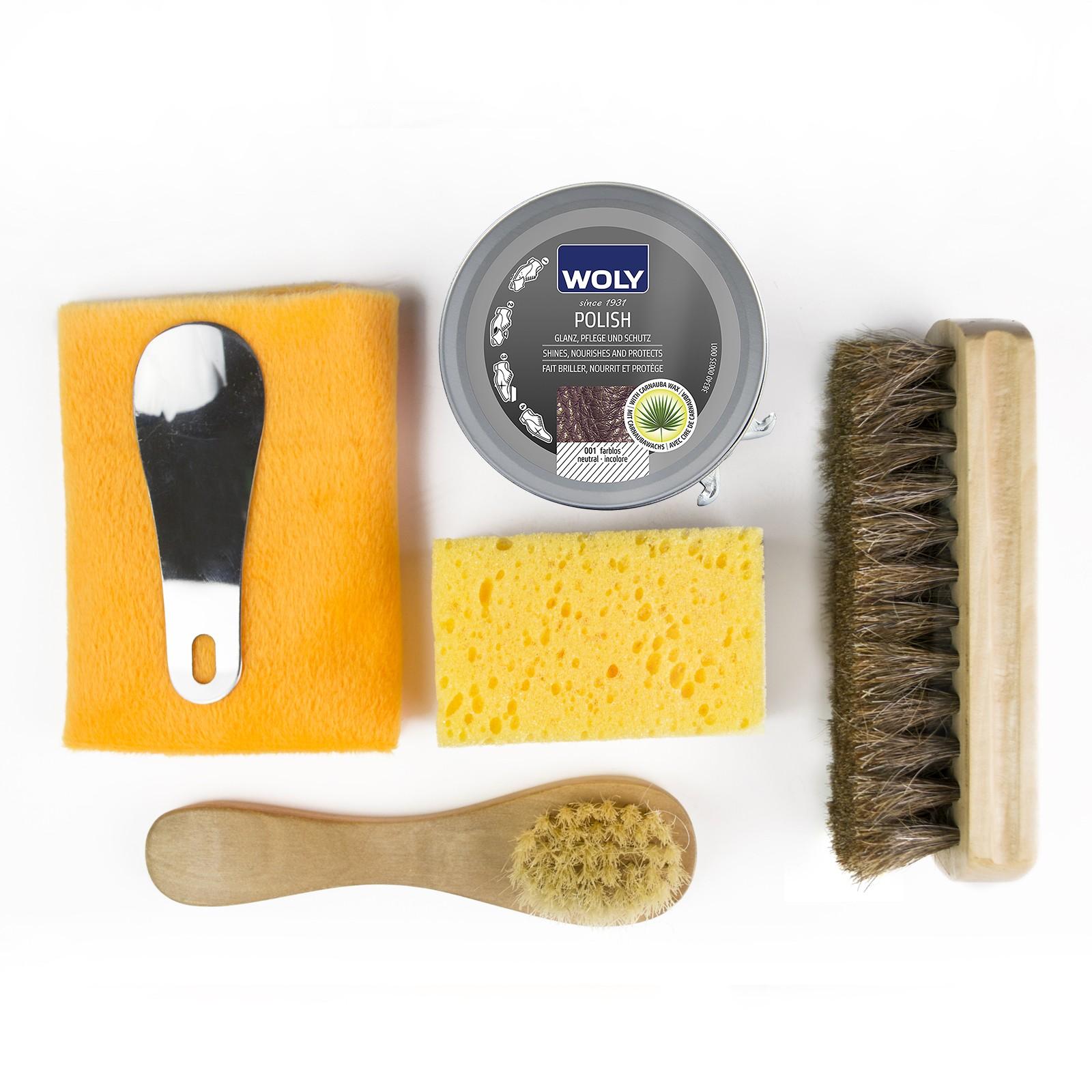Waterproofing is the process of making an object or material resistant to water. This concept is not limited to clothing and footwear but applies to various products such as tents, backpacks, and electronics. This article will focus on the science behind waterproofing in trainers, a common type of footwear.
What is waterproofing in footwear?
Waterproofing in footwear refers to making shoes or trainers resistant to water. This is done by putting a waterproof coating or membrane on the shoe. This coating or membrane is a barrier preventing water from entering the shoe polish.
Why is waterproofing important for trainers?
Trainers are commonly worn in various weather conditions, including rain, snow, and slush. If the trainers are not waterproof, the feet can become wet and uncomfortable, leading to various issues such as blisters and fungal infections. Furthermore, wet trainers can also lead to water damage, which can reduce the lifespan of the trainers.
Types of waterproofing materials used in trainers
There are various materials used for waterproofing trainers, including:
Polyurethane (PU)
Polyurethane is a synthetic material commonly used for waterproofing footwear. It is lightweight, flexible, and durable, making it an ideal trainer choice.
Polyvinyl chloride (PVC)
Polyvinyl chloride is a plastic material commonly used for waterproofing footwear. It is known for its durability and resistance to water, making it a popular trainer choice.
Gore-Tex
Gore-Tex is a membrane technology that makes shoes waterproof and breathable. Trainers and other types of shoes use this technology. It is known for keeping feet dry while allowing for breathability.
How waterproofing works in trainers
Waterproofing in trainers works in several ways, including:
Sealing the seams
The seams of the trainers are sealed to prevent water from seeping through. This is achieved by applying waterproof tape or coating to the seams.
Membrane technology
Waterproof shoes use membrane technology to make a barrier between the feet and the water. The membrane is made of a material that is both waterproof and breathable, so it can keep water out and let air in.
Durable Water Repellent (DWR) treatment
A durable water repellent (DWR) treatment is applied to the trainers' surface to make them water-resistant. This treatment causes water to bead up and roll off the surface of the trainers, preventing it from seeping through.
Advantages of waterproofing trainers
There are several advantages to waterproofing trainers, including the following:
It keeps feet dry.
One of the main advantages of waterproof trainers is that they keep feet dry even in wet weather conditions. This helps prevent blisters and other foot problems that can occur when feet are wet for an extended period.
Protects against water damage
Waterproofing also helps protect against water damage, which can reduce the lifespan of the trainers. This is especially important for those who frequently wear their trainers in wet weather conditions.
Increases the longevity of trainers
By protecting against water damage, waterproofing can also increase the longevity of the trainers. This is because the trainers are less likely to become damaged or worn out due to exposure to water.
Disadvantages of waterproofing trainers
There are also some disadvantages to waterproofing trainers, including:
Can impact breathability
While waterproofing helps keep feet dry, it can also impact breathability. This is because the waterproof coating or membrane can trap heat and moisture inside the trainers, making them less breathable.
It can be expensive.
Waterproofing trainers can also be expensive, especially if the trainers are made from high-quality materials or the complex waterproofing process.
Maintenance of waterproof trainers
To keep trainers waterproof, it is essential to follow the care and maintenance instructions from the manufacturer. This may include regular cleaning and reapplication of the waterproof coating or membrane.
Testing the waterproofing of trainers
There are several ways to test the waterproofing of trainers, including:
- Wearing them in the rain or shower
- Submerging them in water
- Spraying water on the surface of the trainers
Different brands and products offer waterproof trainers.
Some many brands and products offer waterproof trainers, including:
- Adidas Terrex
- Columbia Redmond Waterproof
- Merrell Moab 2 Waterproof
- Nike ACG Air Zoom AO
- The North Face Hedgehog Hiker Waterproof
Conclusion
In conclusion, a waterproofing trainer is a necessary process that helps keep feet dry and protects against water damage. While waterproofing has some disadvantages, such as reduced breathability and increased cost, the benefits far outweigh these drawbacks. Waterproof trainers can provide years of protection and comfort by following the manufacturer's instructions for care and maintenance.
FAQs
What is the purpose of waterproofing trainers?
- The purpose of waterproofing trainers is to make them resistant to water and protect against water damage. This helps keep feet dry and comfortable, even in wet weather conditions.
What materials are used for waterproofing trainers?
- Materials used for waterproofing trainers include polyurethane (PU), polyvinyl chloride (PVC), and Gore-Tex.
How does waterproofing work in trainers?
- Waterproofing in trainers works by applying a waterproof coating or membrane to the material of the shoe, sealing the seams, and using membrane technology or a Durable Water Repellent (DWR) treatment.
Are there any disadvantages to waterproofing trainers?
- Waterproofing trainers have some disadvantages, including reduced breathability and increased cost.
How can I maintain the waterproofing of my trainers?
- To maintain the waterproofing of your trainers, it is essential to follow the manufacturer's instructions for care and maintenance, which may include regular cleaning and reapplication of the waterproof coating or membrane.
Can shoe insoles help with knee pain?
Yes, shoe insoles can help relieve pressure on your feet, improve your posture, and make your knees feel better.
